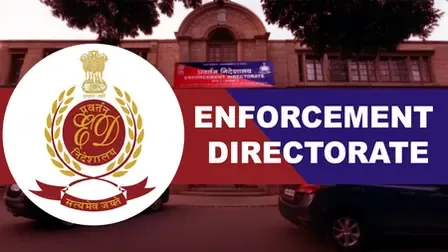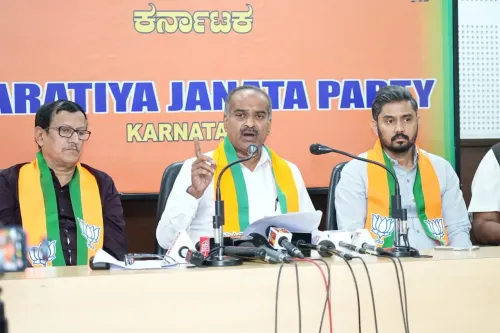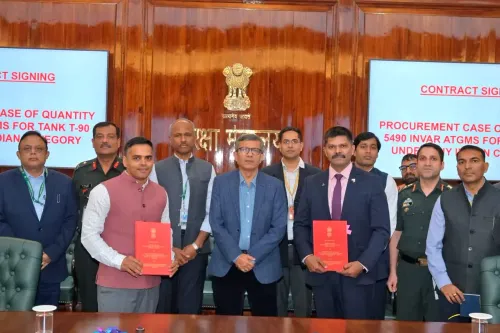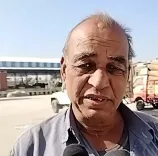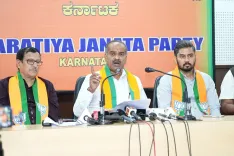Is Mercury in Free Fall in Kashmir? Srinagar Hits Minus 2.1 Degrees!
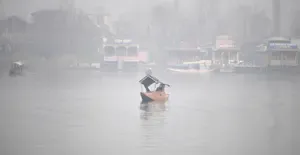
Synopsis
Key Takeaways
- The temperature in Srinagar has dropped to minus 2.1 degrees Celsius.
- Health precautions advised for vulnerable individuals during the cold wave.
- Chillai Kalan lasts from December 21 to January 30, affecting local water supplies.
Srinagar, Nov 12 (NationPress) The temperature in the Kashmir Valley has continued its downward trend, with Srinagar experiencing its coldest night recorded at minus 2.1 degrees Celsius on Thursday. Pahalgam reported a chilling minus 3.8 degrees, while Gulmarg noted a minimum temperature of 0.5 degrees.
According to officials from the Meteorological (MeT) Department, the minimum temperatures are expected to dip even further in the upcoming days.
“As anticipated, Srinagar has hit minus 2.1 degrees Celsius today, marking the lowest temperature of the season thus far. The night temperatures are likely to decrease more in the coming days,” the MeT officials stated.
The weather forecast indicates generally dry conditions from November 13 to 15, with cloudy weather expected in the afternoon of November 16, followed by more dry weather from November 17 to 19.
In other regions, Jammu city recorded 10.2 degrees, Katra town at 9.5 degrees, Batote at 2.9 degrees, and Bhaderwah at a chilly 1 degree as the minimum temperature.
Amidst the ongoing cold wave, locals have begun to don warm clothing, including the traditional pheran, a woolen overgarment. To counter the cold, many use a kangri, an earthen pot filled with live charcoal, placed under their pheran.
Healthcare professionals are advising individuals, particularly those with prior chest issues, the elderly, and children, to limit their exposure to the cold, as inhaling frigid air can exacerbate respiratory conditions.
The harsh winter phase known as Chillai Kalan, lasting 40 days, commences annually on December 21 and concludes on January 30.
During this period, many water bodies in the valley face partial or complete freezing, contingent upon the severity of the winter. This results in drinking water taps also freezing, compelling residents to light small fires around the taps to thaw them. In extreme conditions, daily temperatures seldom exceed 7 degrees Celsius.


